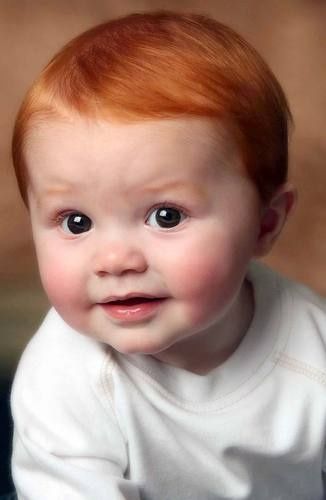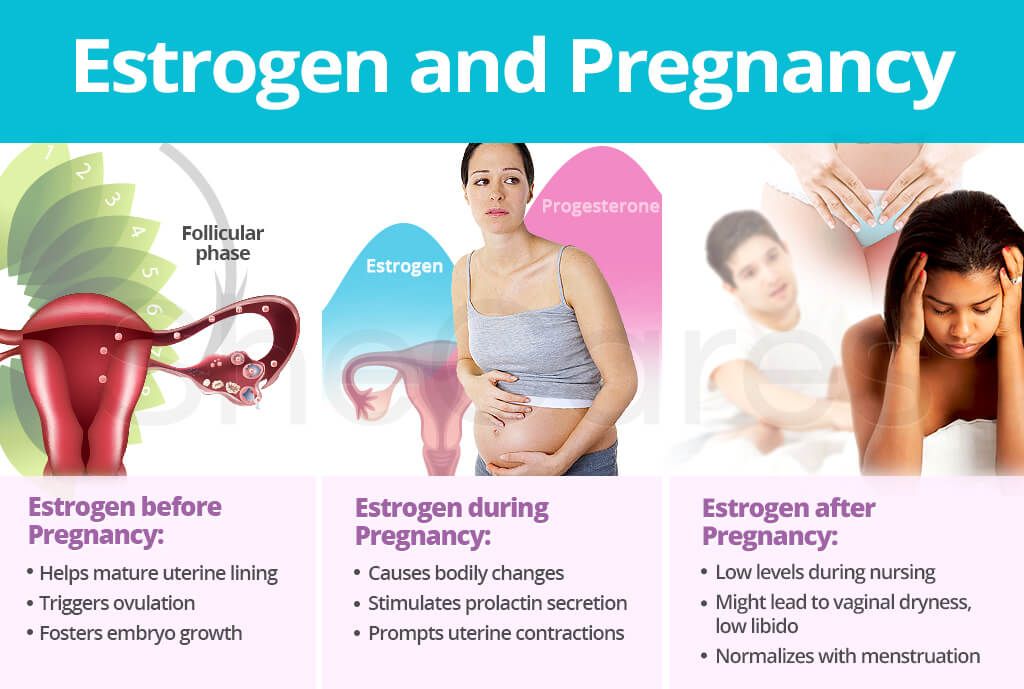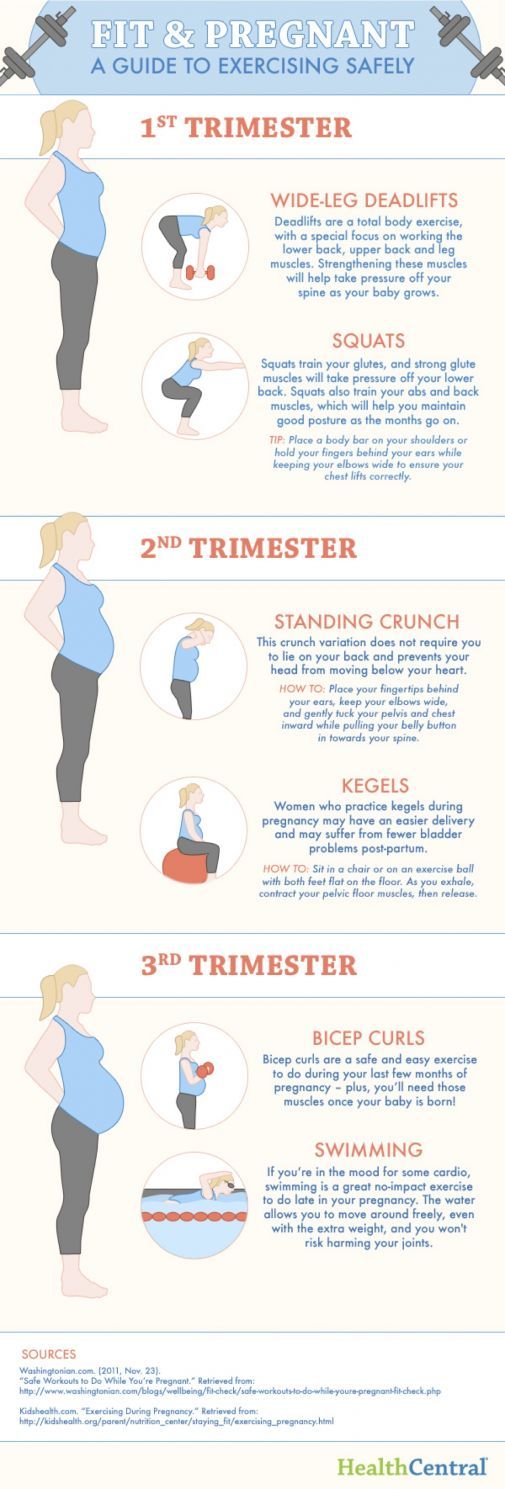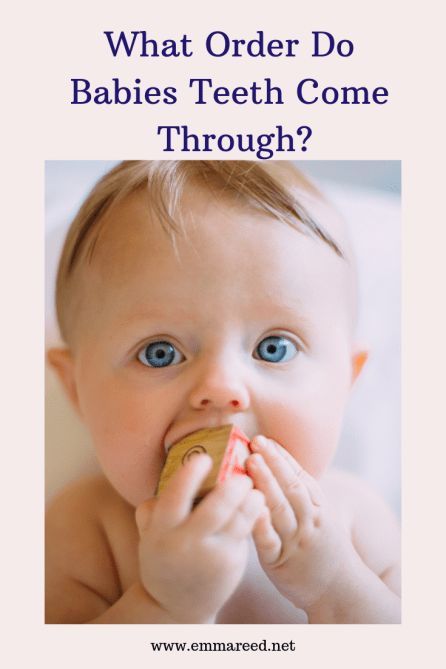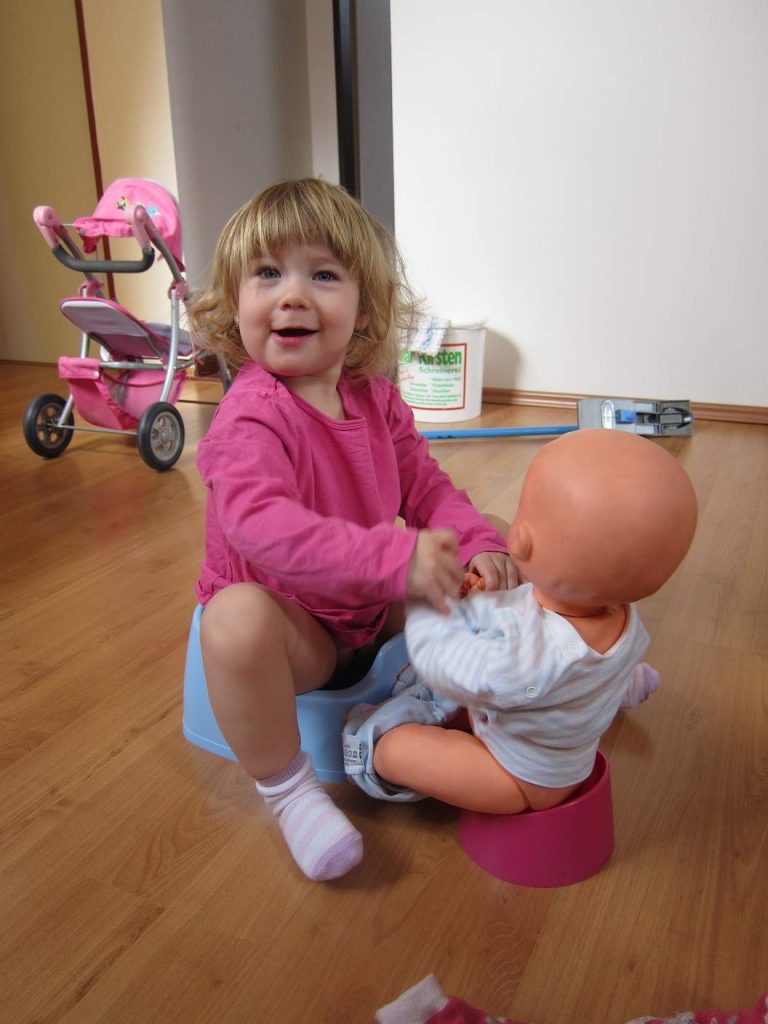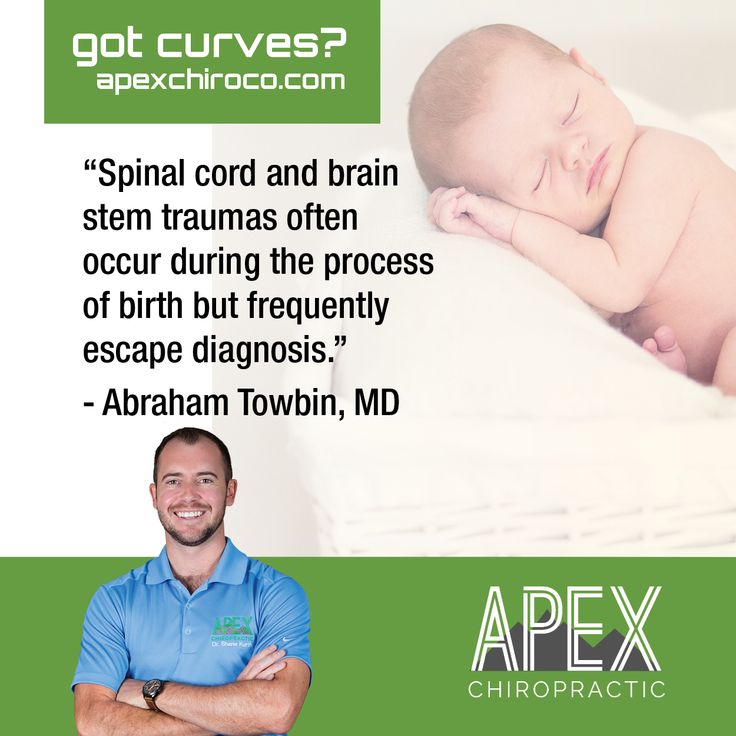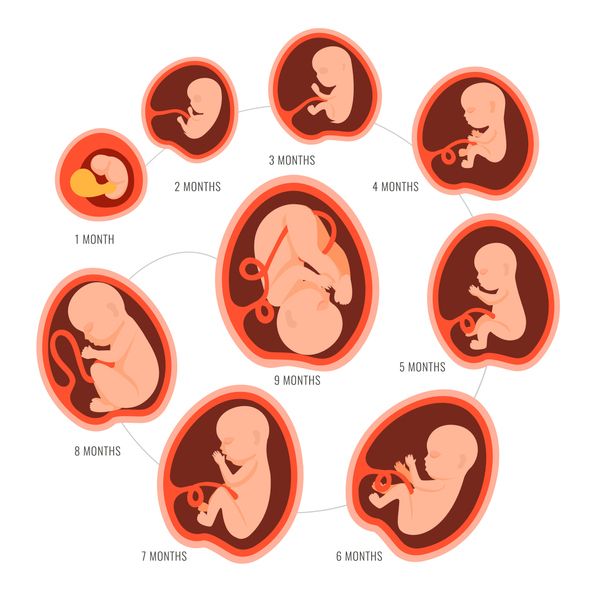Red dots baby face
Is It Baby Acne, a Rash, or Something Else?
Even adults can find it difficult to identify their skin issues. Everyone’s skin is different, and the way rashes and acne flare up can vary. Babies can’t tell you what they’re feeling, so you’ll have to go on looks alone.
Read on to learn about some of the most common skin issues that babies face and how you can treat them at home.
Baby acne usually develops about 2 to 4 weeks after birth. Tiny red or white bumps appear on the baby’s cheeks, nose, and forehead. The cause is unknown. It typically clears up on its own in about 3 to 4 months without leaving marks.
To treat baby acne, don’t use any of the over-the-counter acne products you’d use on yourself. These can damage your baby’s delicate skin.
Regular home care should be enough to treat baby acne:
- Wash your baby’s face daily with warm water. You may also try a gentle, unscented soap.
- Do not scrub hard or pinch irritated areas.
- Avoid lotions and oily face products.
If you’re concerned that your baby’s acne isn’t going away, their doctor can recommend or prescribe safe treatments.
Eczema is a skin condition that causes a dry, red, itchy, and sometimes painful rash. It’s more common in children and often develops in the first 6 months of life. The condition can continue as the child gets older, or they may grow out of it.
In babies up to 6 months old, eczema often appears on the cheeks or forehead. As the baby gets older, the rash may move to the elbows, knees, and skin creases.
Eczema flares up when the skin is dry or when the skin comes into contact with an allergen or irritant, such as:
- pet dander
- dust mites
- detergent
- household cleaner
Drooling can also irritate eczema around the chin or mouth.
There’s no cure for eczema, but there are ways to manage your baby’s symptoms:
- Give your baby short, lukewarm baths (between 5 and 10 minutes) and use an unscented or gentle soap on the affected areas.
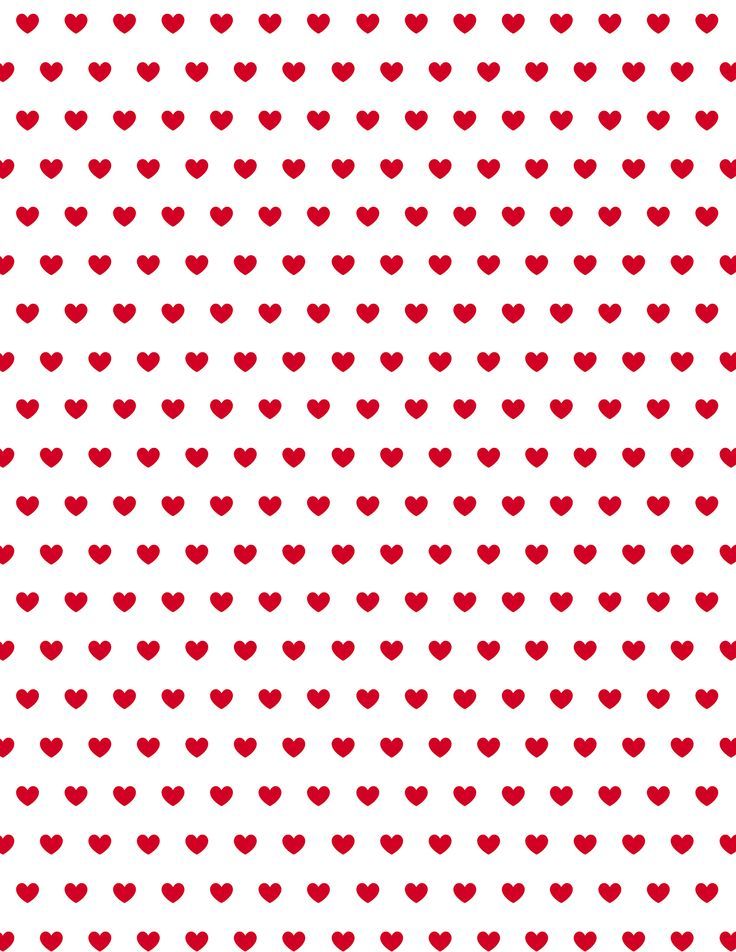
- Use a thick, unscented cream or ointment as a moisturizer twice a day.
- Use fragrance-free laundry detergent designed for sensitive skin.
Your baby’s pediatrician may be able to prescribe a steroid ointment to help reduce inflammation. Use this as directed by their doctor.
Milia are tiny white bumps on a newborn’s nose, chin, or cheeks that look similar to acne. They can also appear on the baby’s arms and legs. The bumps are caused by dead skin flakes becoming trapped near the skin’s surface. Like baby acne, milia go away without treatment.
However, you can use the same at-home care:
- Wash your baby’s face daily with plain water or if needed, an unscented or gentle soap.
- Do not scrub hard or pinch the irritated areas.
- Avoid lotions or oily face products.
Cradle cap looks like scaly, yellowish, crusty patches on the baby’s head. Depending on your baby’s skin tone, the patches may appear yellowish, brown, purple, or grey.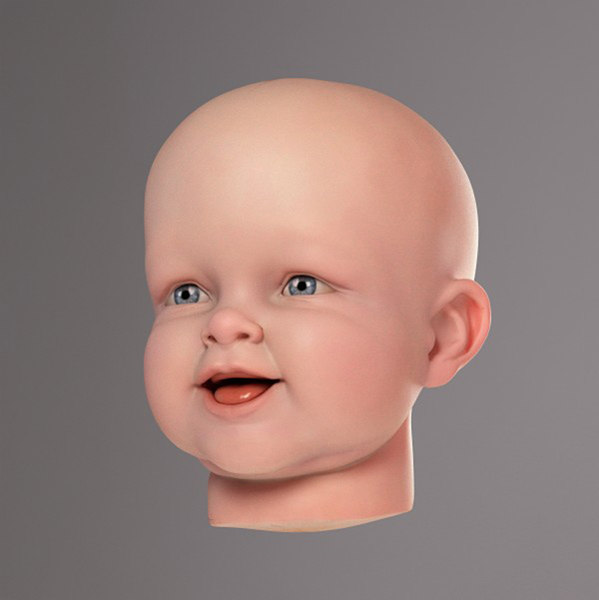
Cradle cap usually develops when a baby is 2 or 3 months old. There may also be redness surrounding the patches. This rash may also appear on the baby’s:
- face
- eyebrows
- neck
- ears
- armpits
Cradle cap is not harmful to your baby. It’s not itchy like eczema. It’ll go away on its own in a few weeks or months without treatment.
Some things you can do at home to manage cradle cap are:
- Wash your baby’s hair and scalp with a gentle shampoo.
- Brush scales out with a soft-bristled hairbrush.
- Avoid washing hair too often, as it’ll dry out the scalp.
- Use baby oil to soften the scales so they’re easier to brush out.
Heat rash is caused when sweat gets trapped under the skin because of blocked pores. It’s usually caused by exposure to hot or humid weather. When a baby gets heat rash, they develop tiny, red, fluid-filled blisters. These can appear on the:
- neck
- shoulders
- chest
- armpits
- elbow creases
- groin
The rash generally goes away within a few days without treatment. However, see your baby’s doctor if they develop a fever or if the rash:
However, see your baby’s doctor if they develop a fever or if the rash:
- does not go away
- looks worse
- gets infected
To avoid overheating, dress your baby in loose-fitting cotton clothing during hot summer months. Take off extra layers if they get too hot in cooler weather.
Hand, foot, and mouth disease (HFMD) is a highly contagious viral infection. HFMD commonly causes blisters or sores to appear in or around the mouth or on the hands or feet. The rash may be seen in one or more of these locations.
The rash looks like red blisters or bumps. As the disease progresses, the sores may crust over. The spots may be harder to identify on darker skin tones.
While it can occur in anyone, it’s more commonly seen in children under 5 years old.
Additional symptoms may include:
- fever
- decreased appetite
- general malaise
- drooling
- irritability
- sore throat
- headache
Because HFMD is a viral infection, there is no treatment.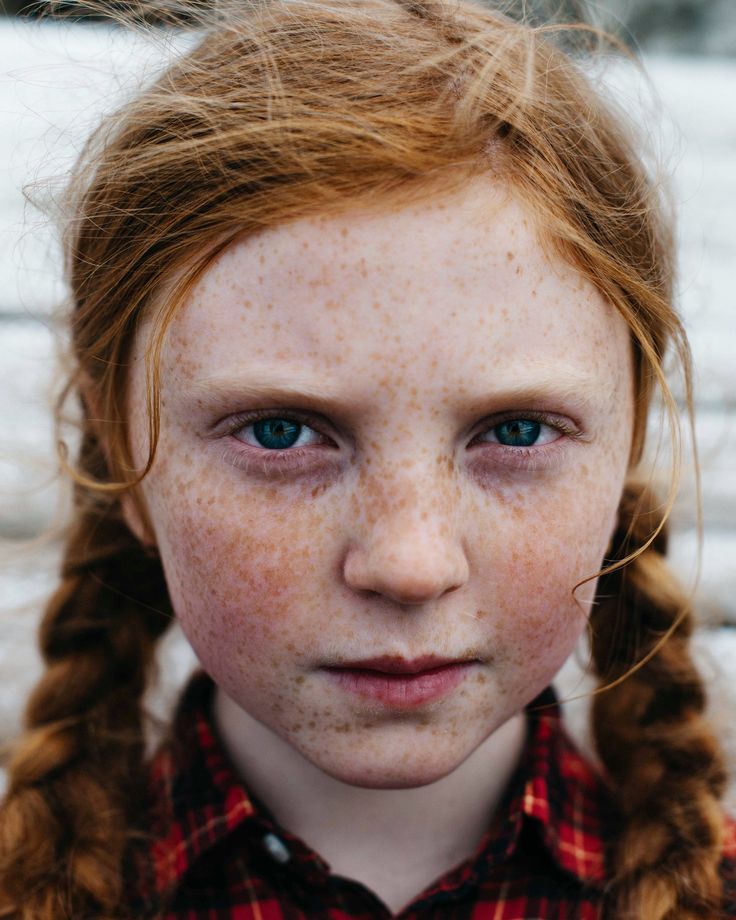 People typically recover within 7 to 10 days.
People typically recover within 7 to 10 days.
Talk with your baby’s pediatrician to determine if you can offer baby acetaminophen (Tylenol) to help make your child more comfortable while they recover. Your pediatrician may also recommend ibuprofen (Motrin) in babies 6 months and older.
A pediatrician may also be able to recommend over-the-counter or prescription topical ointments to help relieve pain from the sores.
Limit acidic or spicy foods, such as citrus, as these can irritate the sores. Instead, offer cold foods, like popsicles, to help soothe sores in the mouth. It’s also important to keep your child isolated and out of care settings until the sores have healed. HFMD is extremely contagious.
These skin conditions are generally harmless and usually go away on their own with little or no treatment. You can help your baby avoid irritating the area by keeping their nails short and putting soft cotton gloves or socks on them at night.
If you’re concerned or feel that your child may require medical intervention, talk with their pediatrician.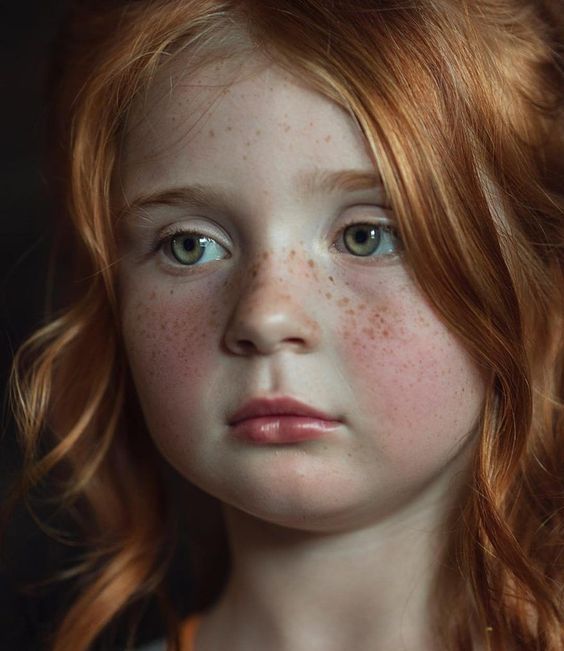
Pictures of childhood rashes: Red dots, bumps, and more
- Community
- Getting Pregnant
- Pregnancy
- Baby names
- Baby
- Toddler
- Child
- Health
- Family
- Courses
- Registry Builder
- Baby Products
Advertisement
Photo credit: Thinkstock
From diaper rash and cradle cap to eczema and baby acne, here are some of the most common children's rashes and skin problems.
Photo credit: BabyCenter Community Member
Baby acne
Where it appears: Usually on the cheeks; sometimes on the forehead, chin, and even the back of a newborn.
What it looks like: Small white pimples that may be surrounded by reddish skin. Can be present at birth or develop between 2 and 4 weeks of age.
Baby acne is not contagious. Learn more about baby acne causes and treatments.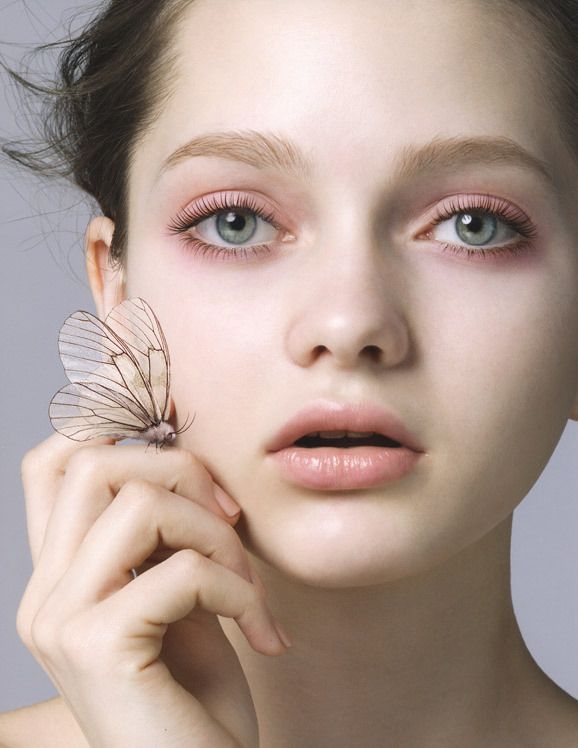
Photo credit: instagram.com/brownskinmatters
Chicken pox
Where it appears: Often on the scalp, face, or torso first, then spreading to the entire body.
What it looks like: Small red bumps at first, which quickly become clear, fluid-filled blisters on a pink base; these eventually become dry brown crusts or scabs. New waves of itchy blisters often emerge as the illness progresses. Children usually get between 250 and 500 blisters, although it's possible to have just a few, especially if the child has had the chicken pox vaccine. Child may have a slight fever. Uncommon before the first birthday.
Chicken pox is very contagious. Learn more about chicken pox causes and treatment.
Photo credit: BioPhoto Associates / Science Source
Detail: Chicken pox blister
Where it appears: Often on the scalp, face, or trunk first, then spreads to the entire body.
What it looks like: Clear, fluid-filled blisters on a pink base, which eventually become dry brown crusts or scabs.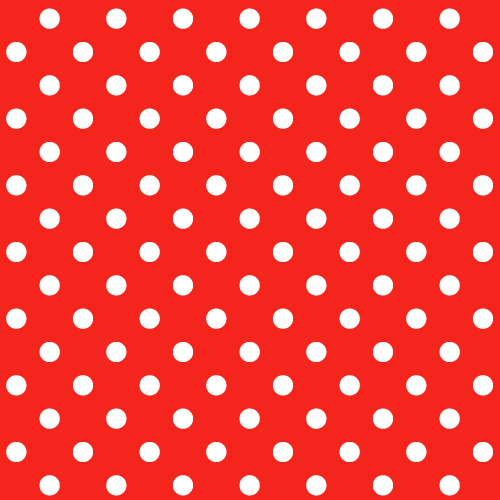
Chicken pox is very contagious. Learn more about chicken pox causes and treatment.
Photo credit: iStock.com / somethingway
Cold sores
Where it appears: On or near the lips.
What it looks like: Small, fluid-filled blisters that may get bigger, burst, or crust over. They can appear individually or in clusters. Uncommon before age 2.
Cold sores are contagious. Learn more about cold sore causes and treatment.
Photo credit: Chris Priest / Science Source
Cradle cap
Where it appears: On the scalp, around the ears, eyebrows, armpits, and in neck creases.
What it looks like: Flaky, dry skin or yellowish crusty patches; may cause some hair loss. Usually clears up in the first year.
Cradle cap is not contagious. Learn more about cradle cap causes and treatments.
Photo credit: Dr. P. Marazzi / Science Source
Diaper rash
Where it appears: In the diaper area and in skin folds on boys and girls.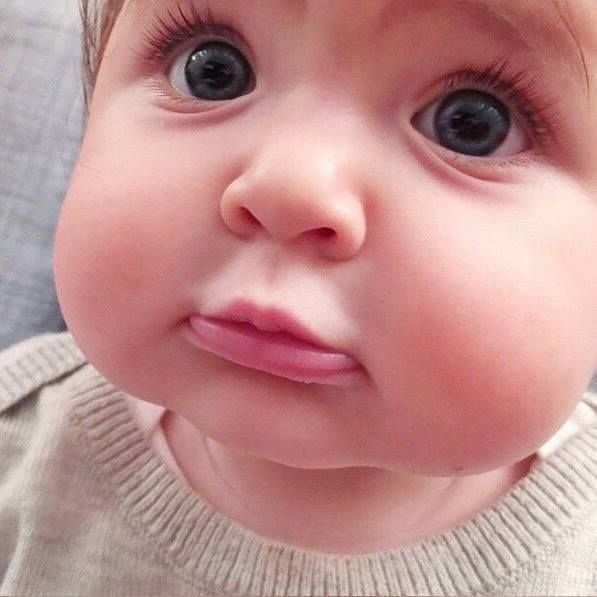
What it looks like: Inflamed red skin; rash may be flat or raised. Causes discomfort during diaper changes. Most common in babies under 1 year.
Diaper rash is not contagious. Learn more about diaper rash causes and treatments.
Photo credit: Dr. P. Marazzi / Science Source
Diaper rash (yeast)
Where it appears: In the diaper area and in skin folds, with some isolated bumps around the main rash.
What it looks like: Small red bumps that may be pus-filled. Lasts more than two days and doesn't respond to diaper cream. More common in children who have recently taken antibiotics.
Yeast diaper rash is not contagious. Learn more about yeast diaper rash causes and treatment.
Photo credit: Dr. P. Marazzi / Science Source
Eczema
Where it appears: Typically in the creases of the elbows or knees and on the cheeks, chin, scalp, chest, and back.
What it looks like: Dry, thickened, scaly red skin or tiny red bumps that may ooze or crust.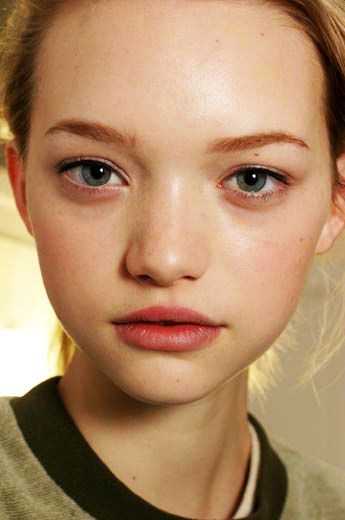 Very itchy. Most common in families with a history of allergies or asthma. Typically shows up in the first year of life and often is gone by age 2 but can persist through adulthood.
Very itchy. Most common in families with a history of allergies or asthma. Typically shows up in the first year of life and often is gone by age 2 but can persist through adulthood.
Eczema is not contagious. Learn about eczema causes and treatments for your baby or child.
Photo credit: instagram.com/brownskinmatters
Detail: Eczema
Where it appears: Typically in the creases of the elbows or knees; on the cheeks, chin, scalp, chest, and back
What it looks like: Itchy rash that appears as dry, thickened, scaly red skin, or tiny red bumps that may ooze or crust. Most common in families with a history of allergies or asthma. Typically shows up in the first year of life and often is gone by age 2, but can persist through adulthood.
Eczema is not contagious. Learn more about eczema causes and treatments for your baby or child.
Photo credit: CDC
Erythema toxicum
Where it appears: Anywhere on the body.
What it looks like: Small yellow or white bumps surrounded by red skin. Very common in newborns, usually showing up two to five days after birth. Usually disappears on its own in about two weeks; may linger for a few months.
Erythema toxicum is not contagious. Learn more about erythema toxicum causes and treatments.
Photo credit: Dr. H.C. Robinson / Science Source
Fifth disease
Where it appears: Cheeks, torso, and feet.
What it looks like: Bright red cheeks and a lacy, red, and sometimes itchy rash following a slight fever, achiness, and cold symptoms. Also called “slapped cheeks disease,” or erythema infectiosum. Most common in preschool and school-age children.
Fifth disease is contagious. Learn more about fifth disease causes and treatment.
Photo credit: Dr. P. Marazzi / Science Source
Folliculitis
Where it appears: Neck, underarm, and groin.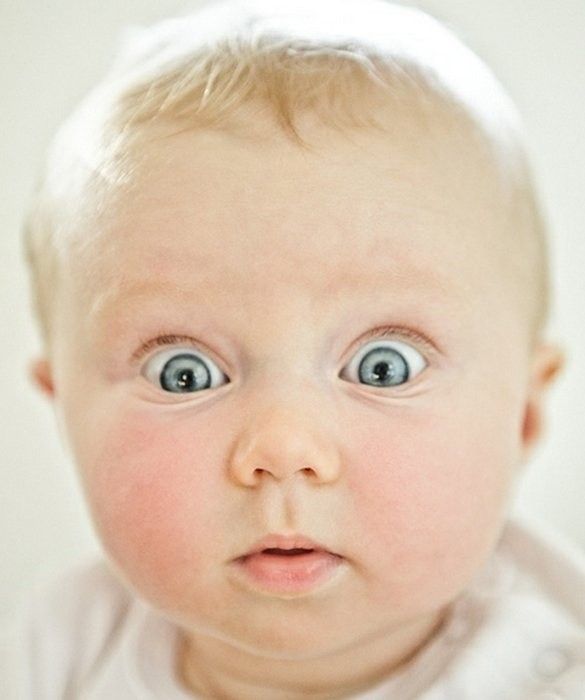
What it looks like: Pimples or pustules around hair follicles that may crust over. Uncommon before age 2.
Folliculitis is not contagious. Learn more about folliculitis causes and treatments.
Photo credit: instagram.com/brownskinmatters
Hand, foot, and mouth disease
Where it appears: In the mouth, on the palms of hands and soles of feet, sometimes on the buttocks.
What it looks like: Blisterlike sores in the mouth; rash on palms, soles, and buttocks. The rash starts as small, flat red dots that may turn into bumps or blisters; blisters are painful. Most common in preschoolers but can occur at any age.
Hand, foot and mouth disease is contagious. Learn more about hand, foot, and mouth disease causes and treatment.
Photo credit: © Biophoto Associates / Science Source
Detail: Hand, foot, and mouth disease
Where it appears: In the mouth, on the palms of hands and soles of feet, sometimes on the buttocks.
What it looks like: Blisterlike sores in the mouth; rash on palms, soles, and buttocks. The rash starts as small, flat red dots that may turn into bumps or blisters; blisters are painful. Most common in preschoolers but can occur at any age.
Hand, foot and mouth disease is contagious. Learn more about hand, foot, and mouth disease causes and treatment.
Photo credit: instagram.com/brownskinmatters
Hives
Where it appears: Body, face, and hands.
What it looks like: Red bumps on skin that are often itchy. May come and go. Usually lasts from a few hours to a few days but can persist for weeks or even months. Can occur at any age.
Hives are not contagious. Learn more about hive causes and treatments for your baby, toddler, preschooler, or big kid.
Photo credit: iStock
Impetigo
Where it appears: Often develops around the nose and mouth; may spread to other parts of the body.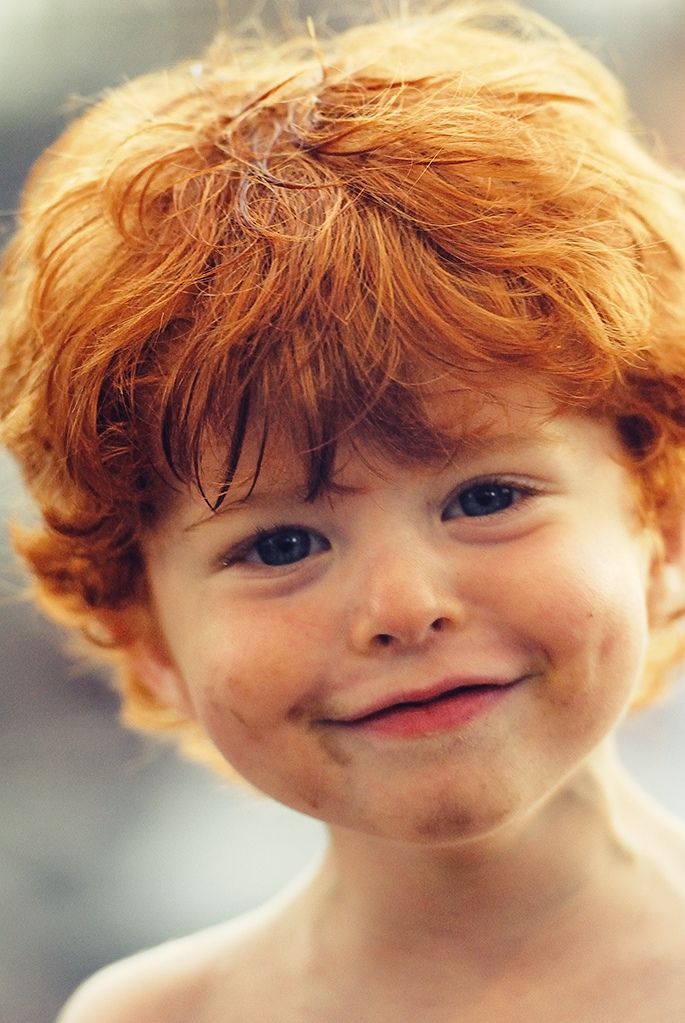
What it looks like: Small red bumps that may be itchy. Bumps become pus-filled blisters that may burst and develop a soft yellowish-brown crust. Child may have a fever and swollen lymph glands in the neck. Most common in children between 2 and 6 years old.
Impetigo is very contagious. Learn more about impetigo causes and treatment.
Photo credit: Dr. P. Marazzi / Science Source
Jaundice
Where it appears: Throughout entire body.
What it looks like: A yellow tinge to the skin. In dark-skinned babies, yellowness may be seen in whites of eyes, palms of hands, and soles of feet. Common during the first week or two of life. Most common in premature babies.
Jaundice is not contagious. Learn more about jaundice causes and treatments.
Photo credit: Lowell Georgia / Science Source
Measles
Where it appears: Throughout entire body.
What it looks like: Red bumps with tiny white dots on the inside of cheeks a few days after a fever and runny eyes and nose.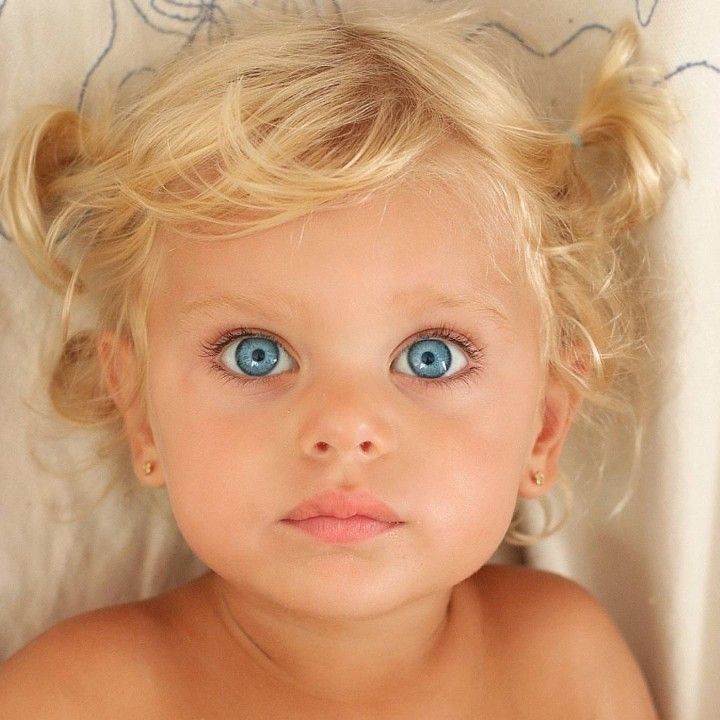 Next, a rash appears on the face and progresses down the back and torso to the arms and hands, and finally to the legs and feet. The rash starts as flat red patches but eventually develops bumps and may be itchy. Lasts about five days then fades to a brownish color, leaving skin dry and flaky. Rare due to vaccinations; most likely to occur in unvaccinated children.
Next, a rash appears on the face and progresses down the back and torso to the arms and hands, and finally to the legs and feet. The rash starts as flat red patches but eventually develops bumps and may be itchy. Lasts about five days then fades to a brownish color, leaving skin dry and flaky. Rare due to vaccinations; most likely to occur in unvaccinated children.
Measles is very contagious. Learn more about measles causes and treatment.
Photo credit: Science Source
Milia
Where it appears: Most common on the face, but can appear anywhere on the body.
What it looks like: Tiny white or yellow pearly bumps. Common in newborns. They are harmless and go away in a few weeks.
Milia are not contagious. Learn more about milia causes and treatment.
Photo credit: instagram.com/brownskinmatters
Molloscum contagiosum
Where it appears: Typically on the face, neck, and arms but can pop up anywhere.
What it looks like: Dome-shaped lesions that can be pearly in appearance and have a dimpled center. May be itchy. Uncommon before the first birthday.
Molloscum contagiosum are contagious. Learn more about molluscum contagiosum causes and treatment.
Photo credit: Dr. Teresa Wright
Papular urticaria
Where it appears: In clusters on the face, neck, arms, and legs.
What it looks like: Small bumps that become firm and reddish-brown at the site of old insect bites. Bumps are usually very itchy. Can appear at any age.
Papular urticaria is not contagious. Learn more about papular urticaria causes and treatment.
Photo credit: Scott Camazine / Science Source
Poison ivy, oak, or sumac
Where it appears: Wherever skin made contact with the plant; typically on hands, feet, arms and legs.
What it looks like: Swollen red bumps that may appear in streaks or lines at first.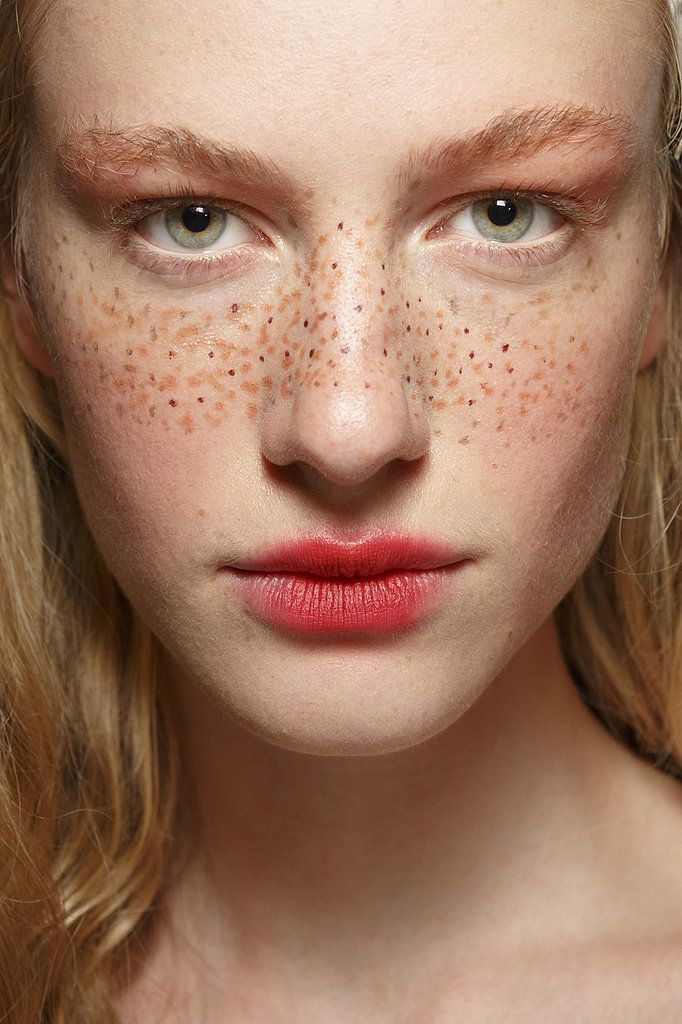 Usually shows up 12 to 48 hours after contact but can take up to a week to appear. Rash is itchy; blisters follow and become crusty within a few days. Uncommon before the first birthday.
Usually shows up 12 to 48 hours after contact but can take up to a week to appear. Rash is itchy; blisters follow and become crusty within a few days. Uncommon before the first birthday.
Poison ivy, oak and sumac are allergic reactions and not contagious. Learn more about poison ivy, oak, or sumac causes and treatment.
Photo credit: instagram.com/brownskinmatters
Ringworm
Where it appears: On the body or scalp.
What it looks like: One or several red rings that can be very small or very large. Usually crusty or scaly on the outside, smooth in the center; may get larger over time. On the scalp, may appear as dandruff or bald spots. Most common in children 2 and older.
Ringworm is contagious. Learn more about ringworm causes and treatments.
Photo credit: Scott Camazine / Science Source
Roseola
Where it appears: On the torso and neck; may spread to arms, legs, and face.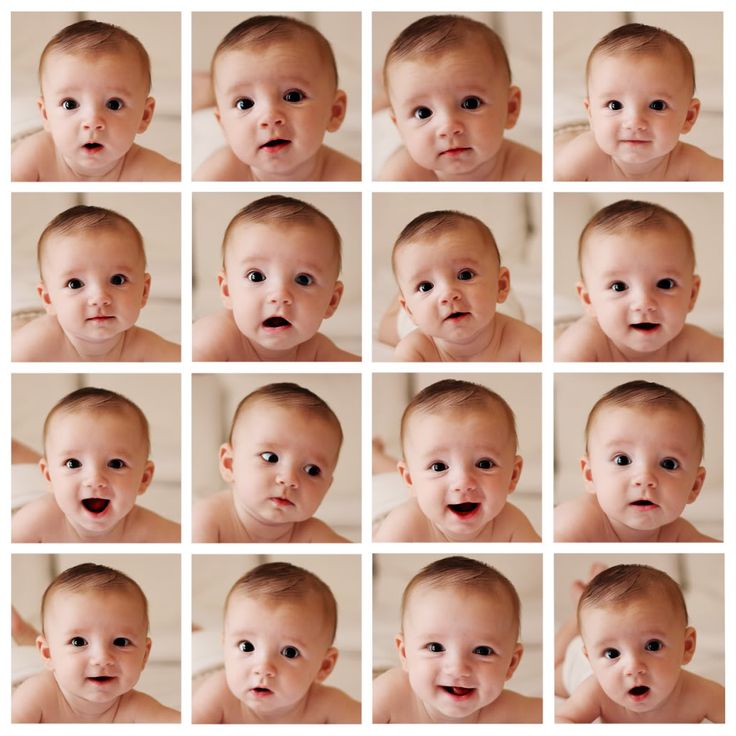
What it looks like: A pink rash on torso and neck usually following three to five days of a sudden, relatively high fever that's often greater than 103 degrees Fahrenheit. May spread to the arms, legs, and face. Child may be irritable and have diarrhea or vomiting. Most common in children between 6 months and 3 years old.
Roseola is contagious. Learn more about roseola causes and treatment.
Photo credit: Dr. P. Marazzi / Science Source
Rubella (German measles)
Where it appears: Starts on the face; spreads all over the body.
What it looks like: Pink-red rash lasting two to three days; may accompany a mild fever, swollen lymph nodes behind the ears, runny or stuffy nose, headache, and sore throat. Rare due to vaccinations; most likely to occur in unvaccinated children.
Rubella is contagious. Learn more about rubella causes and treatment
Photo credit: Dr. Teresa Wright
Scabies
Where it appears: Between fingers, around wrists and elbows, in armpit and diaper area. May also show up on kneecaps, palms, soles, scalp, or face.
May also show up on kneecaps, palms, soles, scalp, or face.
What it looks like: Scattered red bumps that are severely itchy. May leave curvy white or thin red lines or little blisters on nearby skin. Itching is most intense after a hot bath or at night and may keep the child awake. May occur at any age.
Scabies is very contagious. Learn more about scabies causes and treatment.
Photo credit: Biophoto Associates / Science Source
Scarlet fever
Where it appears: Armpits, neck, chest, and groin; rapidly spreads over the entire body.
What it looks like: Begins as a mass of tiny red bumps that feel like fine sandpaper and may itch. Child may have a fever and a red sore throat. Early in the infection, the tongue may have a white or yellowish coating that later turns red. Bumps on the tongue may appear larger than normal, a condition called strawberry tongue. Tonsils may be swollen and red. As the rash fades, the skin may peel, especially on the hands and feet and in the groin. Uncommon before age 2.
Uncommon before age 2.
Scarlet fever is very contagious. Learn more about scarlet fever causes and treatment.
Photo credit: Biophoto Associates / Science Source
Warts
Where it appears: Usually on hands but can occur anywhere on the body.
What it looks like: A small grainy bump or cluster of bumps. Usually skin-toned but may be lighter or darker in color and can contain black dots. Flat warts, which are smaller and smoother, can also appear anywhere on the body, but in children they most often show up on the face. Plantar warts show up on the soles of the feet. Most warts disappear on their own in a few months to a few years. Uncommon before age 2.
Warts are mildly contagious. Learn more about wart causes and treatment.
Kate Marple
Kate Marple is a writer and editor who specializes in health, pregnancy, and parenting content. She's passionate about translating complicated medical information into helpful pregnancy and parenting advice that's easy to understand.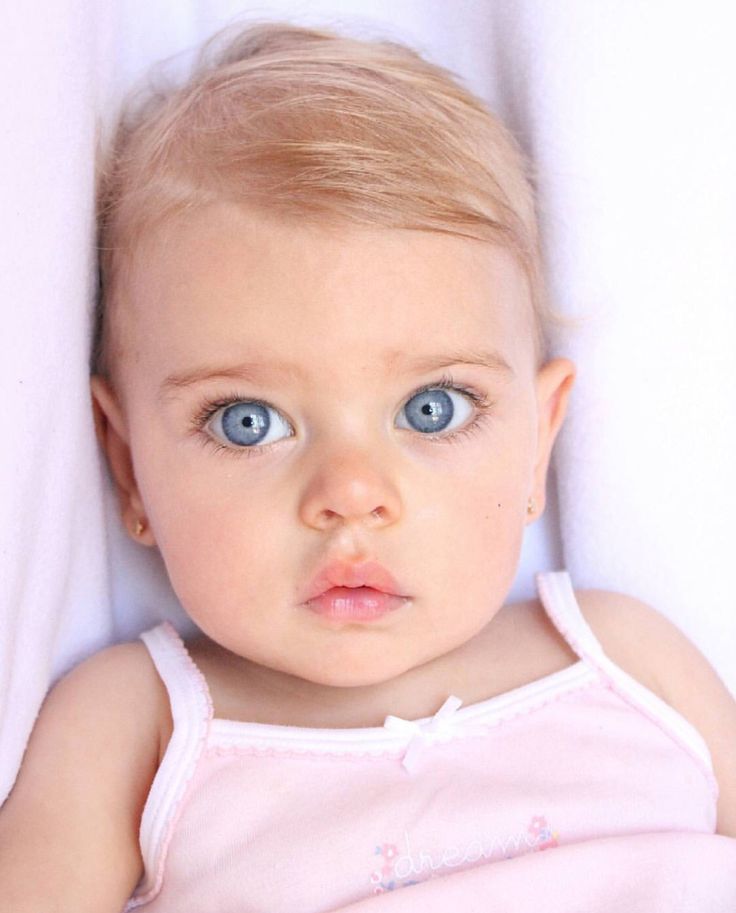 She lives in San Francisco with her family.
She lives in San Francisco with her family.
Advertisement | page continues below
Red pimples on the face of a newborn: symptoms, causes and treatment
Allergic rash in a newborn
An allergy in a baby is an unfavorable immune response of a child's body to a potentially dangerous substance. Most often, an allergic rash occurs against the background of the use by a nursing mother of products that can act as an irritant. This group includes:
- cow's milk;
- soy [1] and egg white; nine0010 fish;
- strawberry;
- nuts.
The first sign of developing allergic rash is peeling. Pathological foci with dry skin on the face of a newborn are formed symmetrically, localized on the cheeks and on the forehead.
It is necessary to consult a doctor if the appearance of rashes affects the general condition of the baby. Irritability, restless sleep, disorders of the gastrointestinal tract, fever and vomiting are dangerous symptoms that should be stopped immediately under the supervision of a pediatrician.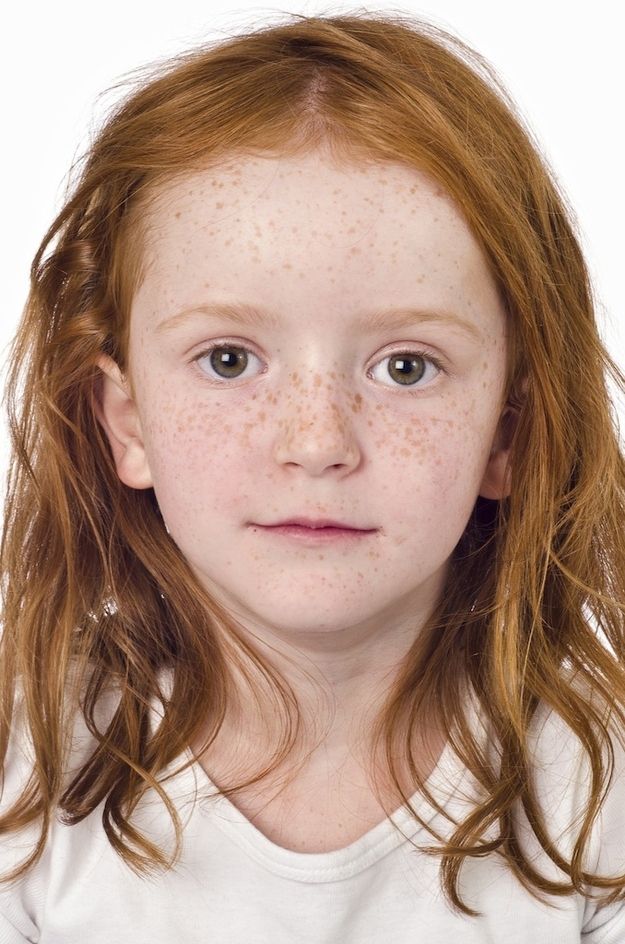 nine0008
nine0008
Neonatal acne
Neonatal acne may appear in the first weeks of a child's life on the forehead, nose and cheeks. In appearance, they resemble acne with purulent heads, characteristic of a teenage rash. It is assumed that the cause of the appearance of acne is increased production of sebum , which clogs the ducts of the sebaceous glands and provokes an inflammatory reaction.
The pathogenesis of the appearance of small pimples in newborns is also associated with the processes of the formation of the hormonal system. The body gets rid of the transplacental influence of maternal androgens [2], adrenal hormones begin to be produced more intensively, which affect the condition of the skin. nine0005 Neonatal acne does not require treatment [9] - standard daily care using delicate soap or baby cosmetics is sufficient. In most cases, pimples that appear on the face go away on their own by 4 months of age.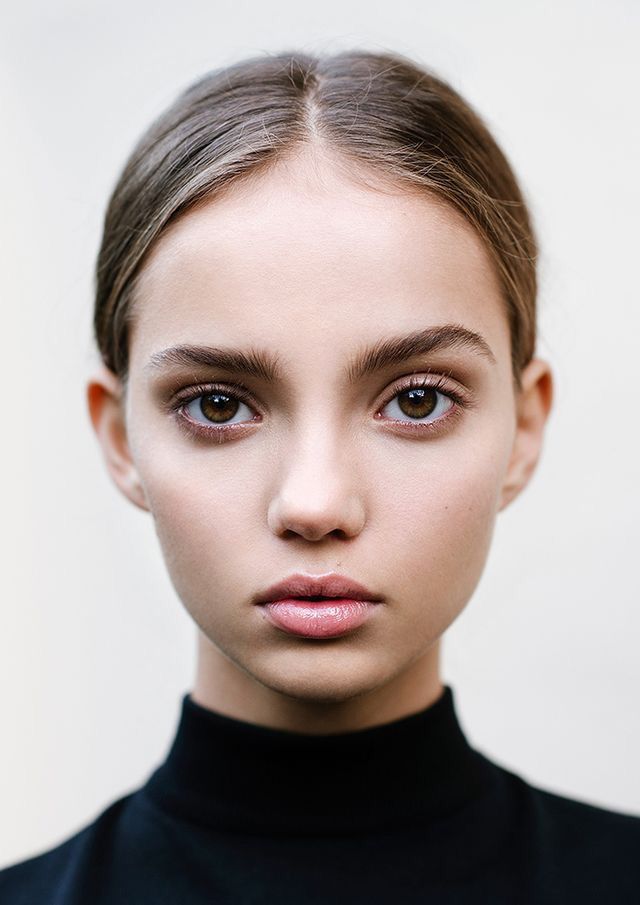
Miliaria
Miliaria is a skin lesion that is associated with hyperfunction of the sweat glands and irritation of the excretory ducts . The disease can develop due to improper skin care newborn, with a long stay in hot rooms and the wrong choice of clothing (the child is heavily wrapped up).
Miliaria resembles an allergic rash, but differs from it in localization. Signs of allergy most often appear on the skin of the child's face, and with miliaria, rashes form throughout the body - most often in natural folds, on the neck, lower abdomen and upper chest.
What prickly heat looks like:
- small blisters with clear contents, prone to burning and itching; nine0011
- in difficult cases, reddish nodules with an inflamed rim;
- with extensive skin lesions - weeping areas.
Miliaria itself is not dangerous to the health of the child. But damage to the skin is fraught with the addition of a bacterial or fungal infection.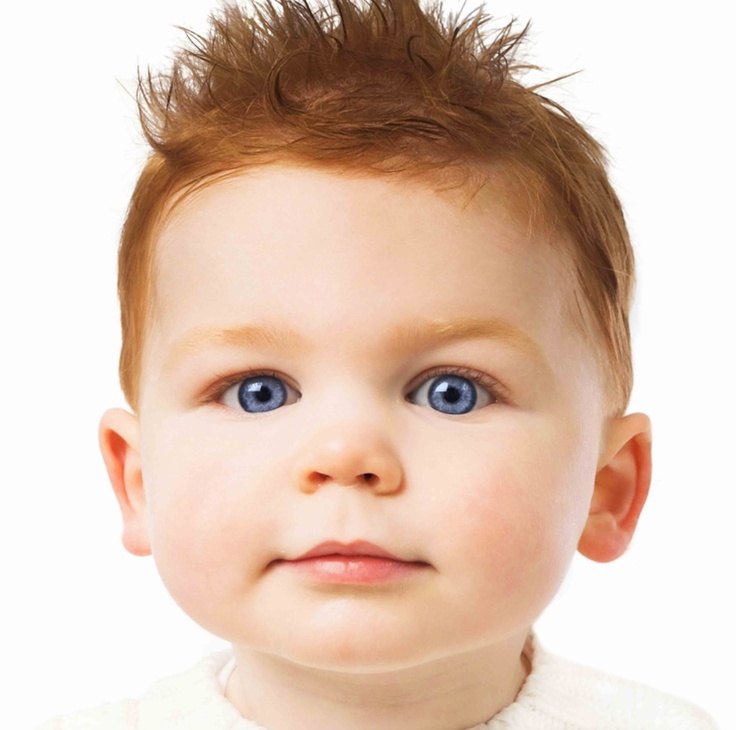 In this case, purulent processes develop, the skin becomes edematous, a putrid odor appears. Red pimples with prickly heat cause discomfort in the child - he becomes capricious and irritable, refuses to eat and sleeps poorly. nine0008
In this case, purulent processes develop, the skin becomes edematous, a putrid odor appears. Red pimples with prickly heat cause discomfort in the child - he becomes capricious and irritable, refuses to eat and sleeps poorly. nine0008
Seborrheic dermatitis
In addition to red pimples, yellowish scales may appear on the skin of a newborn. These are signs of seborrheic dermatitis, a disease associated with increased secretion of sebum. Scales are formed in the first month of life in areas of the body with a large accumulation of sebaceous glands - on the scalp, upper third of the back, on the face, chest and in the area of the auricles. Seborrheic dermatitis is sometimes called "milky crusts", which may be associated with the use of unsuitable cosmetic products for baby skin care.
In fact, the disease is caused by a high content of maternal hormones in the blood or a change in the biochemical composition of lipids on the surface of the skin [4].
Most childhood seborrheic dermatitis resolves on its own. Parents need only take care of proper care , but diligently remove the crusts is not recommended - you risk damaging delicate skin and causing infection. It is better to use specially designed products - such as Shampoo-foam from "milk crusts" for newborns. He facilitates the removal of scales in 90% of cases and soothes the scalp in 95% of babies [5.2]. The product contains 99% ingredients of natural origin. The shampoo is fragrance-free and has a tear-free formula.
In the presence of thick, dense scales, which are located not only on the scalp, but also in other areas, a good helper will be Cream for "milk crusts" which helps to completely remove "milk crusts" in an average of 7 days [5.3].
Atopic dermatitis
Atopic dermatitis is an allergic disease that is accompanied by chronic inflammation of the skin.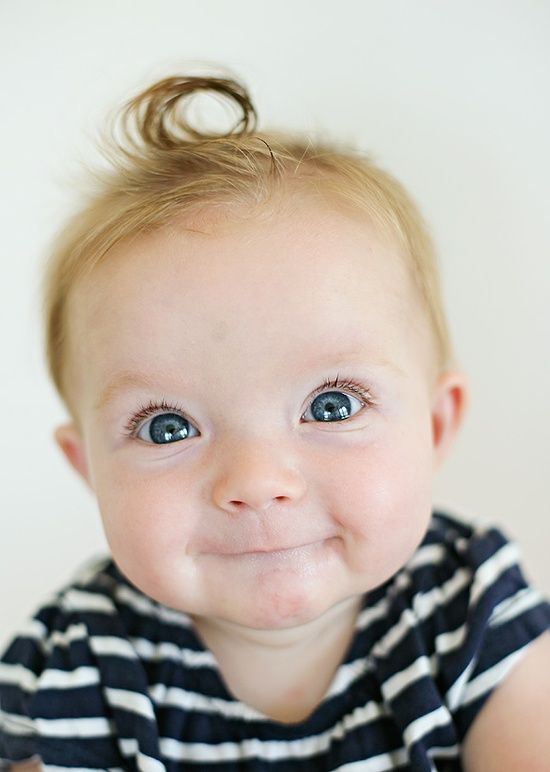 Causes of an uncontrolled allergic reaction in infants are:
Causes of an uncontrolled allergic reaction in infants are:
- food allergens - animal protein, soy products, certain types of vegetables; nine0011
- airborne allergens - household dust, pollen, pet hair, tobacco smoke, etc.;
- pathogenic microflora - fungi, viruses, bacteria.
Newborns are most often diagnosed with erythematous-squamous form of atopic dermatitis with signs of an acute inflammatory reaction:
- hyperemia of the skin;
- peeling;
- flat small papules.
Red spots are localized on the arms and legs in the area of the folds , on the sides of the neck, on the back of the hands and on the cheeks.
Children with atopic dermatitis are advised to regularly cleanse and moisturize their skin [6]. Anti-inflammatory drugs are prescribed only for extensive skin lesions that impair the quality of life of the baby - in this case, you should contact your pediatrician.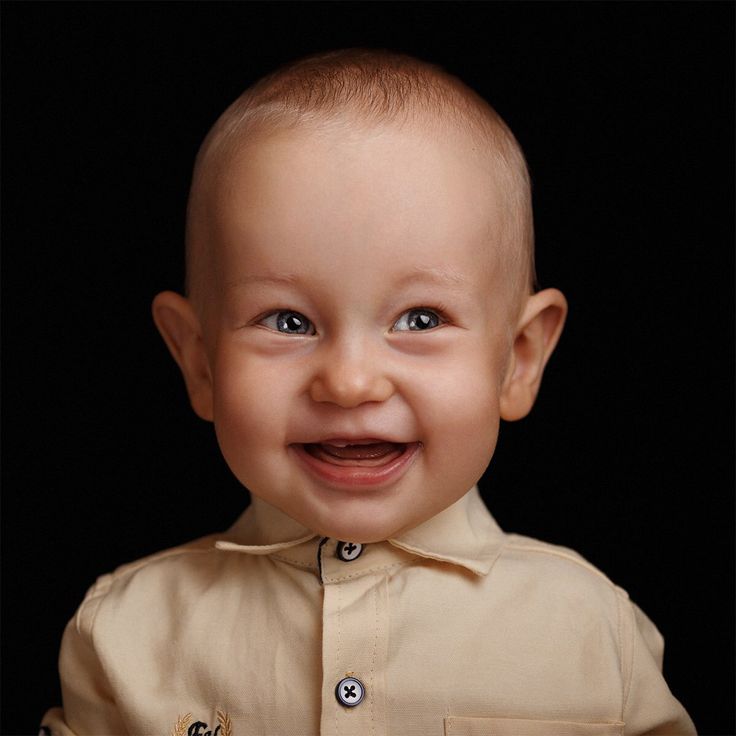
For daily care it is recommended to use STELATOPIA Emollient Cream . Studies [5.1] have shown that emollient:
- In 90% of cases reduces increased dryness of the skin [5.1] and reduces the likelihood of clinical signs of AD by 51% [10]
- Soothes itching in 91% of cases [5.1]
- Reduces inflammation after 32 hours [11]
Diaper dermatitis
This disease is better known as diaper rash and is accompanied by inflammation of the skin in the diaper zone in infants. Rash appears as a result of prolonged body contact with wet diapers - the skin becomes excessively moist and defenseless against damaging factors (chemical, physical, infectious). The situation is aggravated by the simultaneous effect on the skin of children's feces that remain in a diaper or diaper.
Diaper dermatitis is not localized on the face - pimples in newborns appear on the lower abdomen, on the convex surfaces of the thighs and buttocks.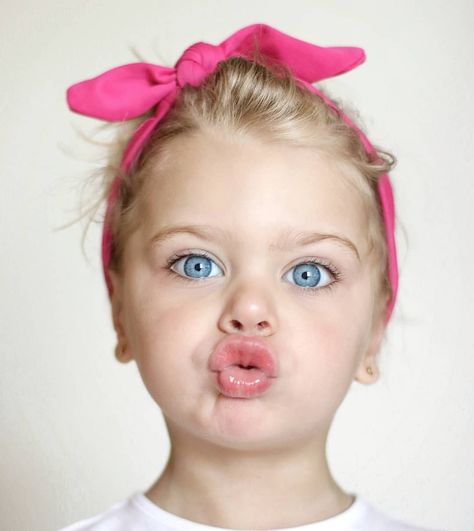
9 indicated for non-drug treatment of pathology0006 air baths [7], bathing in decoction of string and celandine [8] and meticulous hygiene procedures. For the prevention of diaper dermatitis and redness, it is recommended to use Diaper Cream 1 2 3.
Useful properties of the product:
- reduces redness and irritation by 80% from the first application [5];
- does not interfere with skin breathing;
- reduces the risk of exacerbations by 74% [5]; nine0010 protects, restores and soothes inflamed skin.
A number of dermatological diseases of newborns develop as a result of improper care, so parents should pay special attention to children's hygiene, and if the baby's condition worsens, immediately consult a doctor.
______________________________________________________________________________________
References:
1. Bhatia J, Greer F, for the Committee on Nutrition of the American Academy of Pediatrics.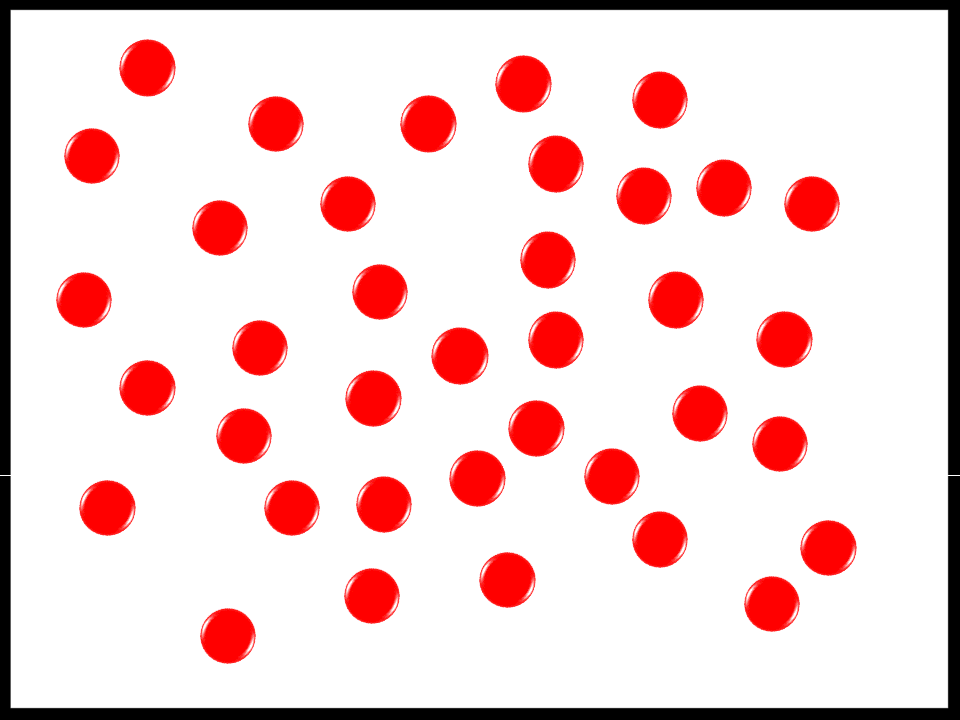 The use of mixtures based on soy protein in infant feeding.// Pediatrics, 2008; 121:1062–1068. nine0005 2. Herani M.I., Ando I. Acne in infancy and acne genetics // Dermatology 2003. Volume 206. Number 1. pp. 24-28. DOI: 10.1159/000067819
The use of mixtures based on soy protein in infant feeding.// Pediatrics, 2008; 121:1062–1068. nine0005 2. Herani M.I., Ando I. Acne in infancy and acne genetics // Dermatology 2003. Volume 206. Number 1. pp. 24-28. DOI: 10.1159/000067819
3. Zanko NI Efficiency of new technologies for skin care in young children: Ph.D. dis. ... cand. honey. Sciences, M., 2000
4. Naldi L., Rebora A. Clinical practice. Seborrheic dermatitis.
N Engle Gee Med. 360(4):387-96 (2009 January).
5. Results of the study 1035 F4.
5.1 Test results 1016F10.01.02
5.2 Test results 1008F4.01.16
5.3 Results of the study 1042F3.01.24
6. Thompson M., Hanifin J. Effective treatment of atopic dermatitis in children alleviates problems associated with food allergies
// GM Akad Dermatol.2005; 53: S214-S219.
7. Galliamova Yu.A. Diaper dermatitis and skin trauma in children. Therapist. – 2013; 9:42-6.
8. Zverkova F.A. Skin diseases in young children. SPb.: Sotis, 1994.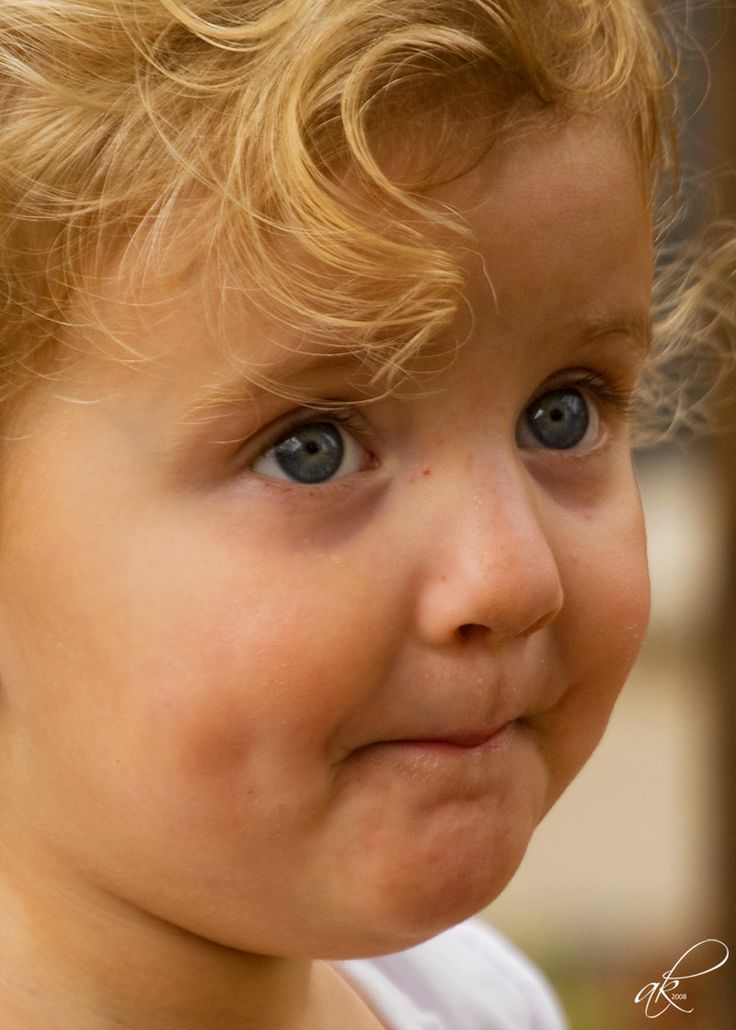
9. Tamrazova OB, Zaslavsky DV Diseases of the sebaceous glands in infants. Medical advice. 2019; 2:152-160.
10. Atopic-prone skin: latest discoveries (Laboratoire Expansion Center for Development and Research)
11. Inhibits the synthesis of inflammatory mediators. “A study of the activity of sunflower oil distillate on inflammatory mediators. June 2010»
Rash in a child on the body, legs, back
We treat children according to the principles of evidence-based medicine: we choose only those diagnostic and treatment methods that have proven their effectiveness. We will never prescribe unnecessary examinations and medicines! nine0008
Make an appointment via WhatsApp
Prices Doctors
The first children's clinic of evidence-based medicine in Moscow
No unnecessary examinations and drugs! We will prescribe only what has proven effective and will help your child.
Treatment according to world standards
We treat children with the same quality as in the best medical centers in the world.